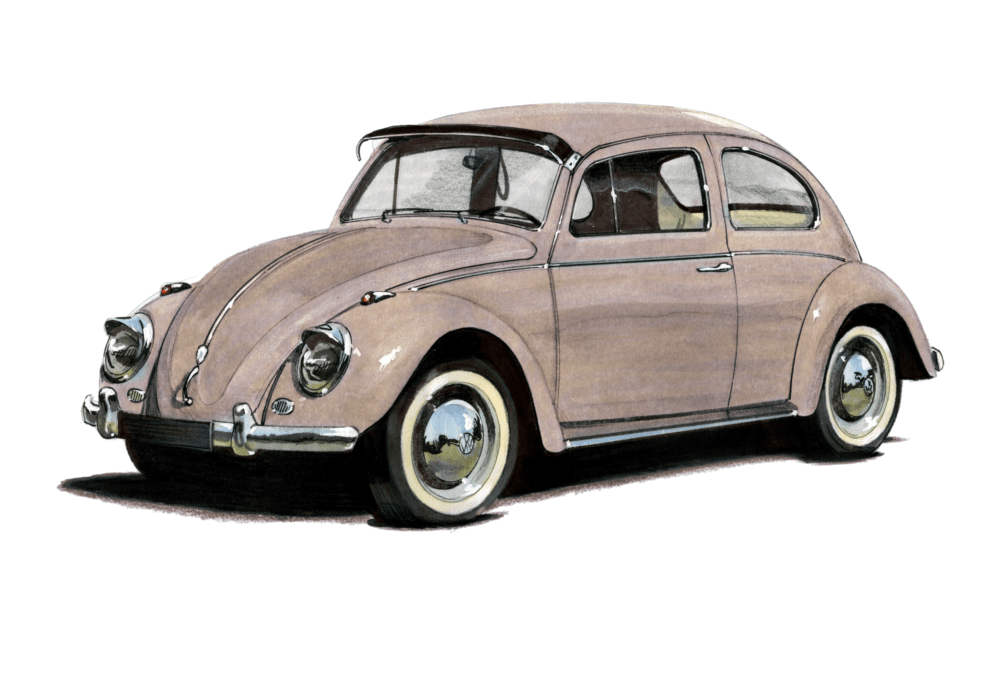
Considered one of the most emblematic vehicles of the twentieth century, namely for its unconventional design and affordable price, the Volkswagen Beetle stands as a monument to an era of groundbreaking innovation in the automobile industry. Before its entry into legend, however, there was the moment of its genesis — the instance when the world was first introduced to the “people’s car.” To explore this historical event, let’s delve into the fascinating journey of the Volkswagen Beetle, tracing its roots back to its initial entry into the global motoring arena.
The Volkswagen Beetle, informally known as the VW Bug or Käfer in German, was first introduced in the late 1930s, with its design commissioned by none other than Adolf Hitler. The dictator’s vision was to orchestrate mass mobilization through an affordable, efficient, and dependable vehicle that could be accessible to the average German family. This fundamental rationale behind the car’s creation laid the foundation for its iconic name, “Volkswagen,” translating to “people’s car.”
Ferdinand Porsche, already a well-known engineer, was tasked with this challenging assignment. Hitler’s specifications for the vehicle were quite precise. The car was supposed to carry two adults and three children at a speed of 100 km/h (62 mph) while not consuming more than 7 liters of fuel per 100 kilometers (around 32 miles per gallon). In 1935, after several years of development, the first operational prototype, with an air-cooled flat-four rear-engine, rear-wheel-drive layout, was completed.
The Volkswagen Beetle was formally launched to the public on 26 May 1938 at the Fallersleben/Volkswagen factory, in the presence of Hitler. Its moniker aside, they formally called the model KdF-Wagen, short for “Kraft durch Freude Wagen” or “Strength through Joy Car.” However, the outbreak of World War II in 1939 stalled the mass-production plans. It wasn’t until post-war years that the Beetle managed to restart its disrupted journey.
During the war, the factory focused on producing military vehicles, largely halting the production of the civilian Beetle. However, against all odds, the factory managed to survive the war, albeit severely damaged, and reopened in 1945 under British control to begin the mass production of civilian vehicles again.
Ironically, the Beetle, a car commissioned by Hitler, turned out to be a pillar of Germany’s post-war reconstruction and economic regeneration. The Beetle soon started making waves globally and particularly gained popularity in the United States during the 1960s because of its distinguishing style and affordability.
Fast-forward to today, the Beetle is a significant cultural icon, thanks to its consistently high level of worldwide sales – around 21.5 million units sold over its 65-year production. It has been celebrated in countless movies and books, and remains a favorite collector’s car for enthusiasts worldwide.
In conclusion, the birth of the Volkswagen Beetle traces back to 1938. Designed to democratize mobility in Germany, it navigated the turbulent years of the Second World War only to emerge as a symbol of necessity, reliability, and cultural influence. With its legendary status assured, the Beetle stands tall as a timeless piece of automotive history.